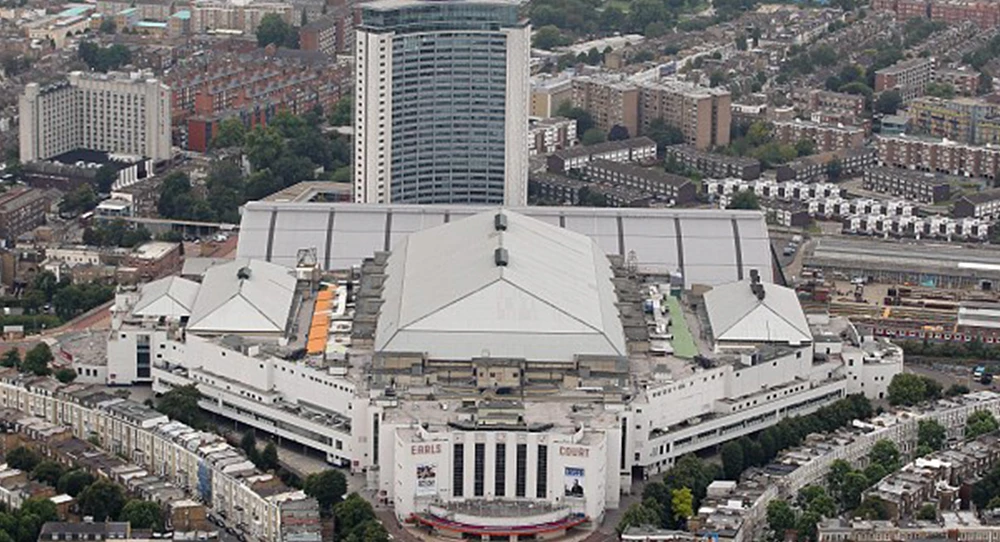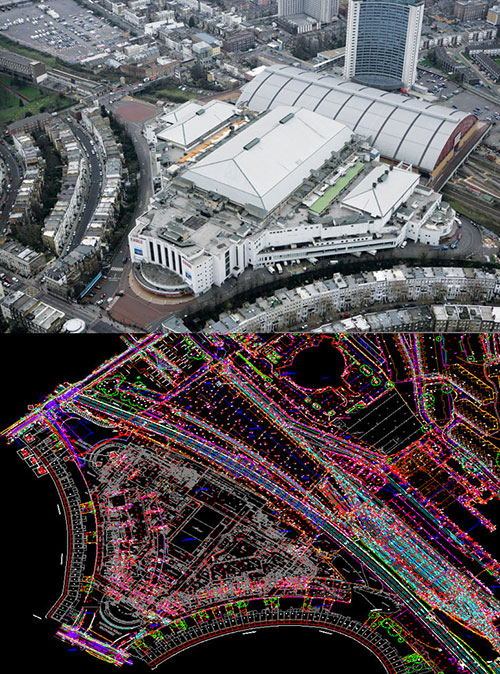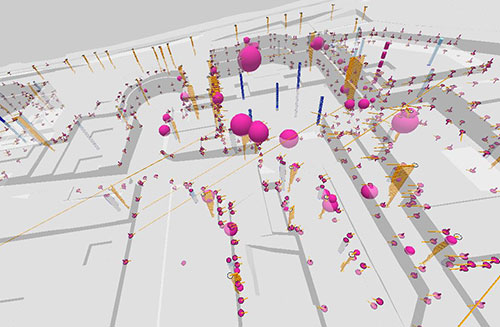Earls Court | UK

During the Earls Court exhibition centre’s demolition, MissionOS provided automated monitoring of neighbouring rail assets and any impact caused by the Supercrane removal of massive supporting beams.


The Earls Court Masterplan will transform the former exhibition centre’s site in west London, into a vibrant new district with thousands of new homes, retail and commercial development opportunities, enhanced transport infrastructure and a major new London park.
Maxwell GeoSystems’ partners, PC Monitoring, were commissioned to provide monitoring of all aspects of the demolition. As well as extensive manual monitoring, automated monitoring of the project was delivered using the cloud-based MissionOS.
During the demolition phase it was necessary to monitor the London Underground and Network Rail assets which lie underneath and beside the works. A further complication was that, once the building itself had been removed, 61 colossal portal beams remained – weighing between 80 and 1500 tonnes. These were to protect the rail tunnels and infrastructure underneath.
To remove the beams, a 120m Supercrane, over twice the height of London’s famous Nelson’s column, was used. The Victorian era brick arch construction of the tunnels meant they were particularly sensitive and any sign of heave (lifting of the tunnels as the heavy portal beams above were removed) had to be closely monitored over a sustained period of time.
An ATS system with four Total Stations was linked to MissionOS enabling the client to get instant access to the data, presented in an easy to understand visual manner.
Beam Lifting – PC Monitoring worked closely with Arup on this aspect. Prior to each beam lift by the Supercrane, Arup would review the data collected in the local area in order to establish a localised baseline. A bespoke report was then provided to confirm precise trigger levels prior to a lift.
The levels were then updated in MissionOS to ensure that the triggers being used for each activity were appropriate (as opposed to the usual site wide, ‘generic’ approach).
This was highly successful with MissionOS being used to produce a ‘Beam Lift Dashboard’ (canvas sheet) so that the construction team had a clear view of each critical activity.
The MissionOS system was used to mitigate risk and act as an early-warning system for any sign of movement, no matter how small.



